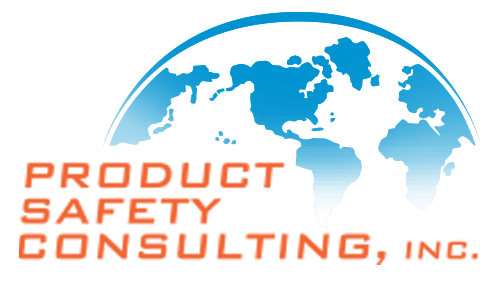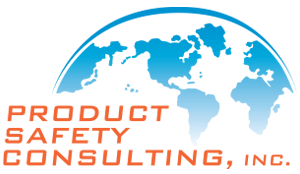We’re just getting started but we want it to be a resource for people who need help understanding UL, CE, etc. Certifications and Compliance. Our intention is to educate and provide insight regarding the Compliance world, sort of a Compliance 101, along with important safety and recall information for the general public. But since our audience spreads the gamut from beginner to expert, our topics will vary accordingly. If you have a topic you’d like to hear about, please be sure to get us that needed feedback.
I thought we’d start off with some basic information and some history. First, many of you have heard of the UL mark. It is a mark indicating the minimum level of safety. Many people believe it indicates the product is safe. Well, I can tell you no one will ever call a product “safe”. Electrical products are inherently not safe. The UL mark on a product indicates Underwriters Laboratories, Inc. has tested the product to a Standard. UL manages the process but the Standards are written by industry stakeholders – UL, consultants, retailers, manufacturers, etc. We’ll explore this in greater detail in the future.
Another misconception is that UL is a government agency, it is not. They are a testing company, testing products for public safety. To their benefit, they did get this industry going and their roots began in 1894 when William Henry Merrill, an engineer from Boston, was sent to Chicago to investigate the World’s Fair Palace of Electricity. He was so intrigued he stayed in Chicago to develop Standards, tests and to help uncover hazards. Here’s a link to UL’s website with more information on the history of UL –http://www.ul.com/global/eng/pages/aboutul/history/
Although UL is not a government agency, when OSHA first came out it was written in their regulations that all products in the workplace be UL Listed. Of course that gave them sort of a monopoly. Leonard Frier, owner of MET labs, took OSHA to court and in 1988 the OSHA regulations changed to state all products in the workplace are to be listed by a Nationally Recognized Testing Laboratory (NRTL). MET Labs was actually the first OSHA approved NRTL. UL was grandfathered in. Today there are 15 NRTLs that can issue approvals that are accepted here in the USA. Here’s the link – https://www.osha.gov/dts/otpca/nrtl/.
To my knowledge, there is no federal law that requires household products to be listed or certified. Our laws regarding Certifications are written to protect the worker. However, most retailers will not accept a product without Certification. And most insurance agencies demand it as part of the product liability insurance. There are many differences in the laws in the USA compared to the rest of the world and over time we’ll educate you in all of them.
Thanks again for checking in. I’ve been doing compliance and safety for 27 years now and look forward to providing you what I’ve learned to help make the Certification process easier, smoother and less expensive. Ultimately, we want to help you put safe quality products on the market.

